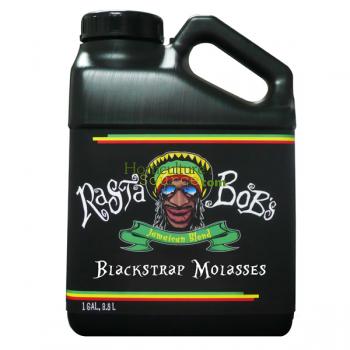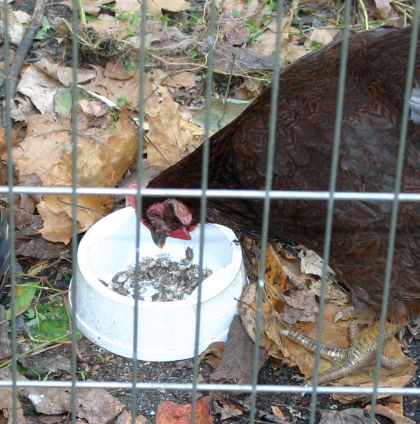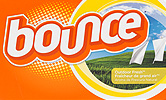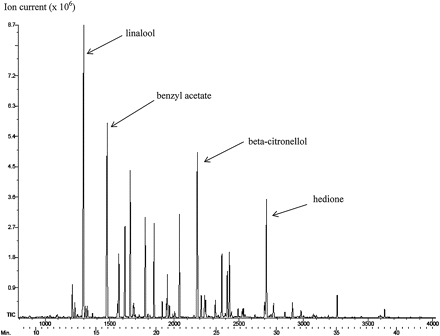I’ve been discussing the purported insecticidal properties of molasses in my last couple of posts. I’m hoping this will be the final nail in the coffin (or stopper in the bottle):
Here’s the end of the original blog piece linked above:
“Microbial bloom and Fire Ants
“These two things seem unrelated. Microbes and specifically bacteria consume simple sugars (which is why your momma made you brush your teeth). When soil born microbes are exposed to simple sugars, their numbers can double in just 30 minutes. As microbes go through their life cycle, they add organic matter and micro nutrients to the soil, improving the soil and making nutrients more available to your plants. Regularly applying molasses to your soil and plants greatly improves the quality of the soil over time. Soils with high microbial activity are easier to dig in and stay moist longer.”
I’m actually going to leave this paragraph alone, since it’s relatively accurate (except for the sentence about applying molasses to your plants, which I dealt with in my first post). Let’s move on:
“So, about the Fire Ants…since it seems that the big universities can’t make money studying the effects of molasses on Fire Ants…they don’t do any research on the subject. But, it has been proven that molasses makes Fire Ants pack up their mound and migrate to your neighbor’s yard. It may be that the bloom of microbes, irritates the little stinkers. It could be that they are running from a specific microbe. It could be that they just hate sugar (they eat mostly protein which is why you can turn a greasy over baked pan upside down over a Fire Ant mound and they will clean it for you). What ever the reason, applying molasses to your yard makes them leave.”
This entire paragraph is nonsense, beginning with equating grease with protein (it’s a fat) and ending with the supposed lack of research on fire ants. There’s a LOT of research on fire ants; pest studies are very well funded. Out of the 1500+ articles I pulled up on fire ants in the Agricola database, only one includes molasses. And that’s in a 1986 study comparing different kinds of baits (“Comparison of baits for monitoring foraging activity of the red imported fire ant (Hymenoptera: Formicidae)”), where molasses was found to be more attractive to fire ants than peanut oil. How this translates to “molasses makes Fire Ants pack up their mound and migrate to your neighbor’s yard” I’m not quite sure.
“If you’re crunched for time and money, molasses is the answer to a lot of your gardening problems. The benefits are undeniable, your yard will smell great and you get to feel good about letting your kids and pets play in the yard. Whether you choose dry molasses (applied to soy chaff) or the liquid (which is cheaper to use), molasses is the single best thing you can do for your soil and plants.”
The typical snake-oil pitch! (For a completely unrelated but accurate and amusing example of an old-time snake-oil pitch, check this link. You’ll see the similarities).
“It was brought to my attention that I forgot to add this info. (It is hard to remember everything when you are trying to rule the world!) During moquito weather mix:
- 3 tbsp molasses
- 1 tbsp Liquid Garlic (a deterent and has some fungicidal properties)
- 1 tbsp liquid organic fertilizer of your choice (seaweed, fish emulsion, etc) into 1 gallon of water
Spray with abandon, every week if necessary but it may last up to 2 weeks if we don’t get much rain. This also works like a charm on lace bugs on azaleas and lantana.”
Spray with abandon???? This has to be one of the most reckless pieces of advice I’ve ever read. Whether it’s a fertilizer or (more importantly) a pesticide, it should *never* be applied lavishly. (Though this is such a dilute solution that it probably isn’t much different than water.)
This topic has made me crave the molasses popcorn balls my grandmother used to make. Anyone have a recipe for those?






